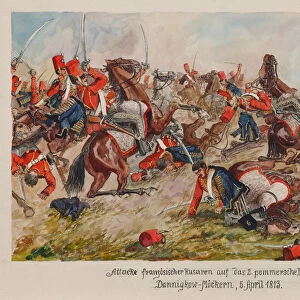Home > Animals > Insects > Flies > Gnat
Fungus gnat in amber
![]()

Wall Art and Photo Gifts from Mary Evans Picture Library
Fungus gnat in amber
Fungus gnat, about 2mm in length, in Eocene Baltic amber about 40 million years old
Mary Evans Picture Library makes available wonderful images created for people to enjoy over the centuries
Media ID 8580189
© Mary Evans Picture Library 2015 - https://copyrighthub.org/s0/hub1/creation/maryevans/MaryEvansPictureID/10706340
Amber Arthropod Arthropoda Baltic Cenozoic Diptera Eocene Fossil Fossilised Fungi Fungus Glowing Gnat Hexapod Hexapoda Insecta Palaeogene Phanerozoic Prehistoric Fungus Gnat Invertebrata Mycetophilidae
EDITORS COMMENTS
1. Title: A Glimpse into the Past: The Fungus Gnat Fossilized in Eocene Baltic Amber This image showcases a perfectly preserved Fungus Gnat (Mycetophila spp.) trapped in a piece of Eocene Baltic amber, approximately 40 million years old. Measuring only about 2mm in length, this tiny invertebrate is an exquisite example of arthropod fossilization. The Fungus Gnat, belonging to the family Mycetophilidae and order Diptera, is a common insect found in various habitats today. The Fungus Gnat's delicate wings, elongated legs, and distinct body structure are clearly visible in the amber, providing a unique window into the ancient world. The orange hue of the amber enhances the intrigue, as it subtly illuminates the details of the insect's anatomy. The fungus gnat was likely attracted to the sap of a tree, which then hardened into amber, trapping the insect in the process. The discovery of this fossilized Fungus Gnat offers valuable insights into the insect's evolutionary history. During the Eocene epoch, the world was undergoing significant changes, with the emergence of new plant species and the diversification of insects. This Fungus Gnat fossil is a testament to the rich biodiversity that existed during the prehistoric era. The Fungus Gnat's presence in the amber also highlights the symbiotic relationship between insects and fungi. Modern Fungus Gnats are known to be mycophagous, feeding on fungi, and this behavior is likely to have persisted during the Eocene period. This stunning Fungus Gnat fossil, captured in the golden glow of the amber, is a reminder of the intricate connections between the natural world and the passage of time. It invites us to explore the mysteries of the past and to appreciate the beauty and complexity of the natural world.
MADE IN AUSTRALIA
Safe Shipping with 30 Day Money Back Guarantee
FREE PERSONALISATION*
We are proud to offer a range of customisation features including Personalised Captions, Color Filters and Picture Zoom Tools
SECURE PAYMENTS
We happily accept a wide range of payment options so you can pay for the things you need in the way that is most convenient for you
* Options may vary by product and licensing agreement. Zoomed Pictures can be adjusted in the Cart.


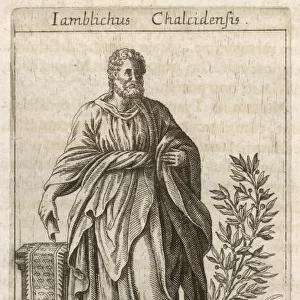
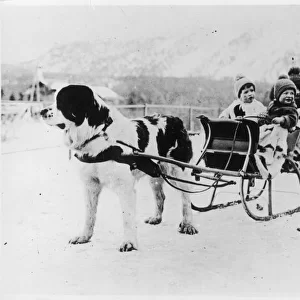
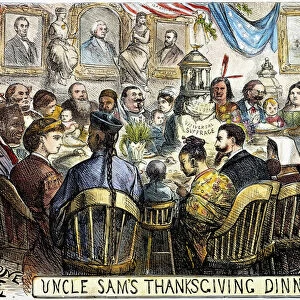
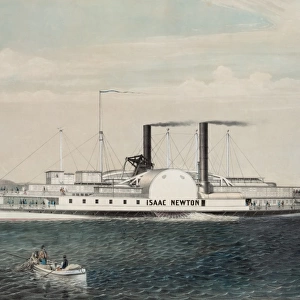
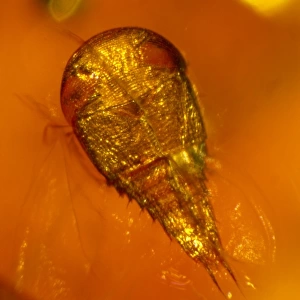
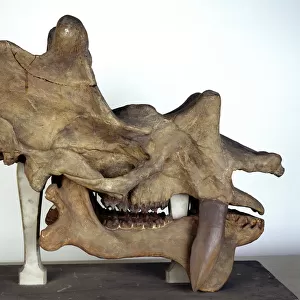
![G. C. R Keadby Bridge - Cross Sections [1913]](/sq/229/g-c-r-keadby-bridge-cross-sections-1913-13433215.jpg.webp)
